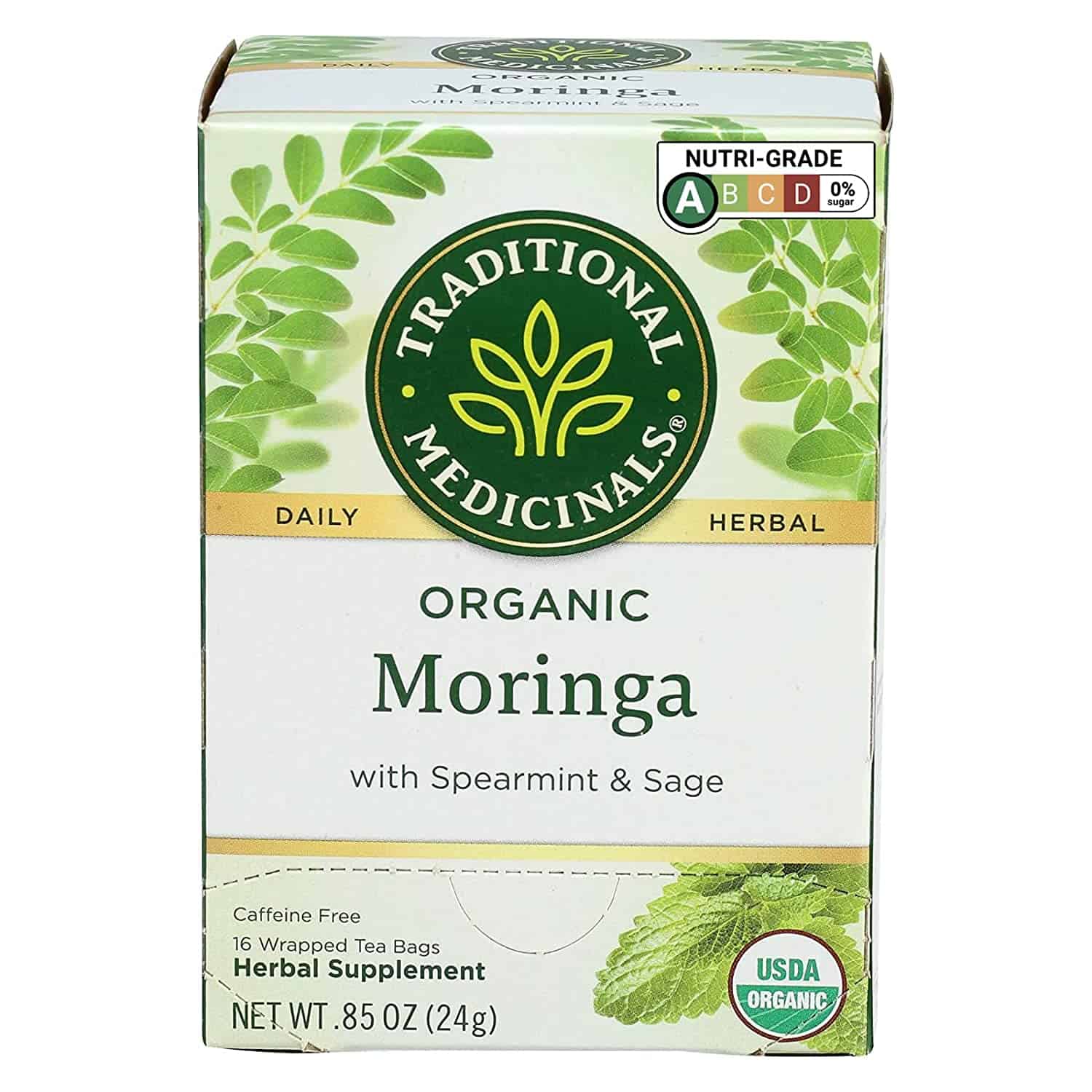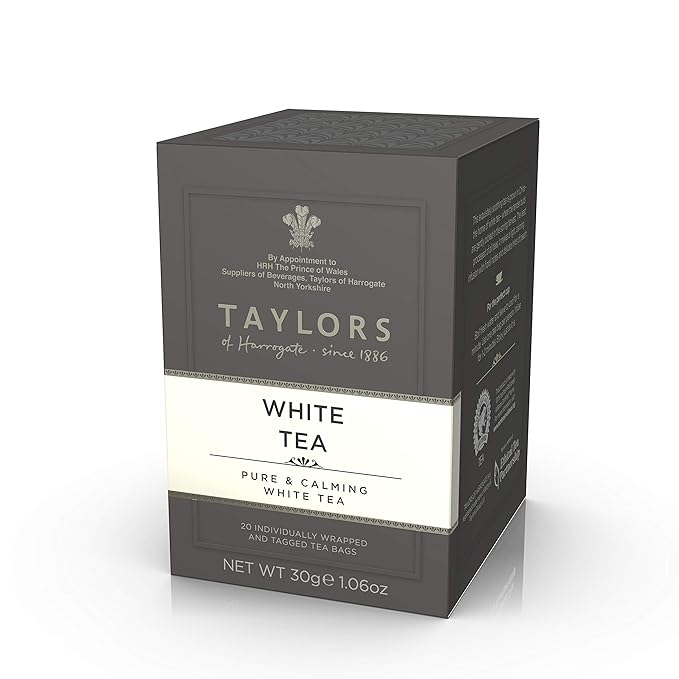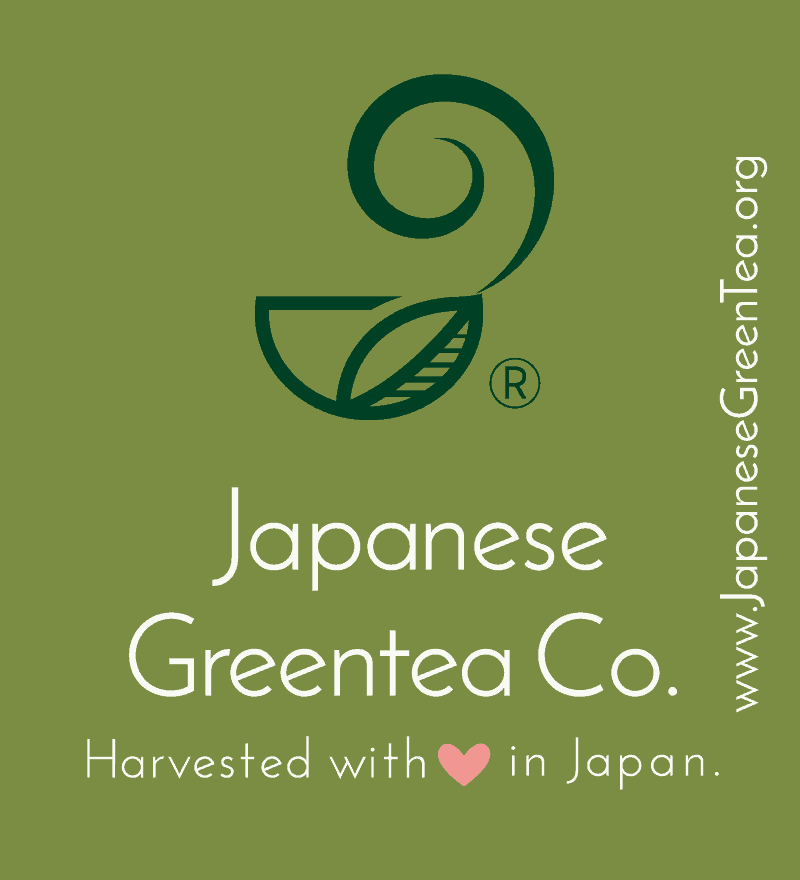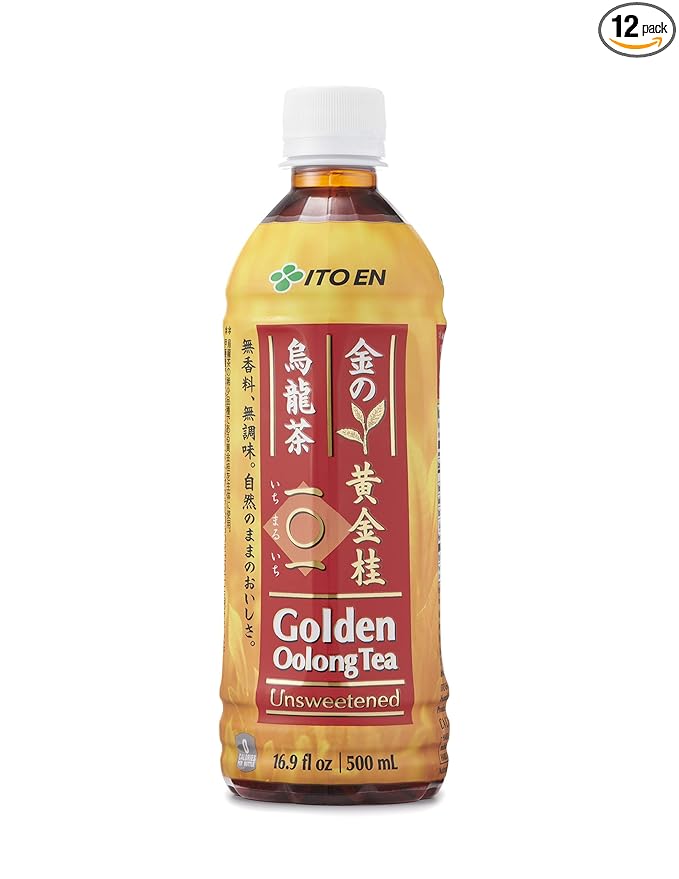We know a lot about tea. One thing that does not come up in a lot of tea conversations is about tea-growing regions. I never want to forget those areas that bring us our favorite beverage, tea. Nor do I want to forget the people who labor in the tea plantations as well. Tea is produced in almost every country in the world. From one end of the globe to another. Who is the biggest exporter of tea? What’s your guess? No peeking!
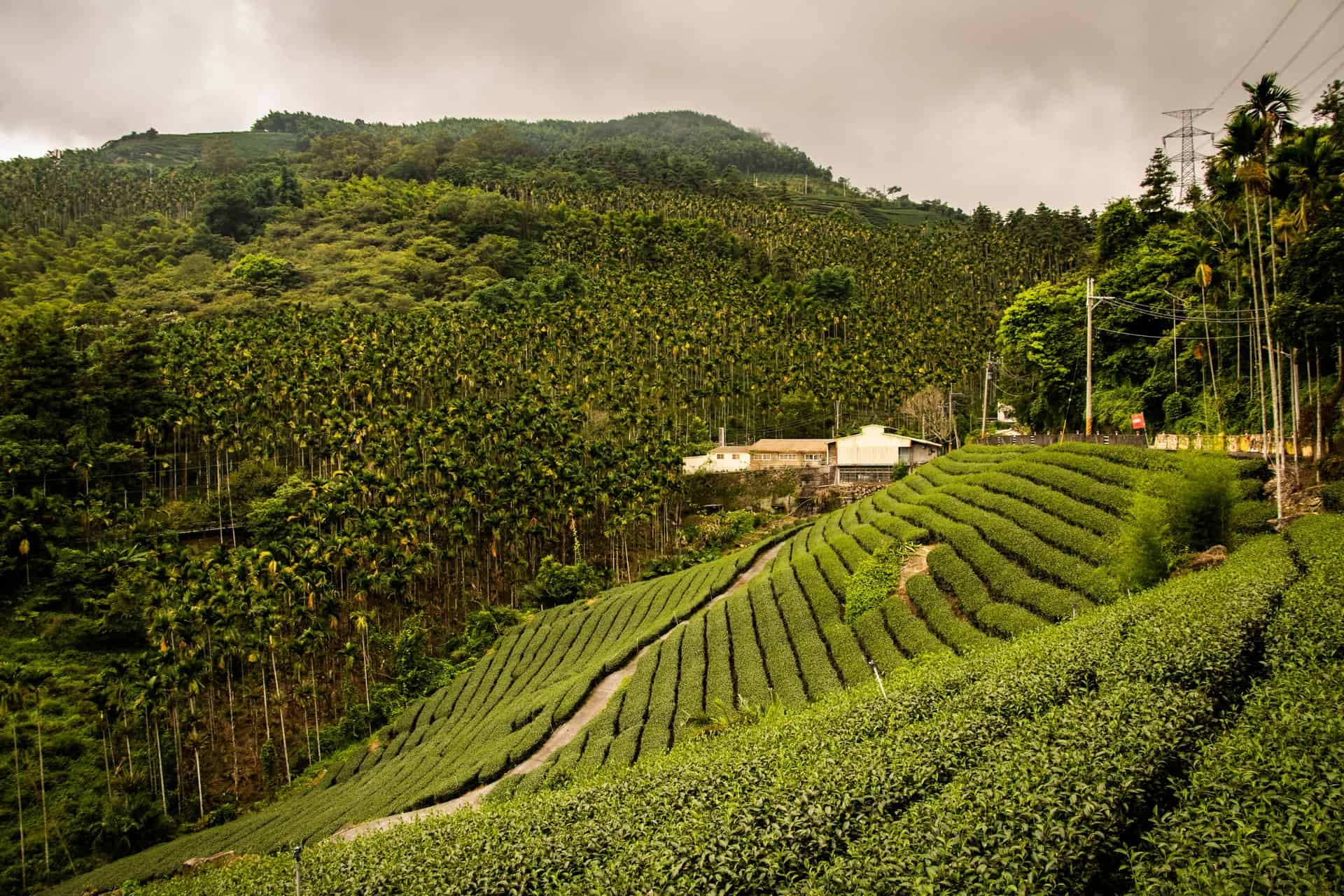
What country invented tea?
There is no denying that the production of tea belongs to China. China, the birthplace of tea as well as a few of the best tea creation stories that have survived centuries.
A single leaf. That leaf falls into a cup of hot water, why hot water? Speculation is because the emperor may have been ill. He was boiling some water to prepare medicinals.
The story goes like this:
In ancient China, a long, long time ago (people say 2737 BC). An emperor whose name was Shen Nung was kneeling in front of a fire boiling water. The wind blew and leaves fell from a tree above him and into his boiling water. The scent was intriguing so he took a sip and there it is the first tea story.
If the leaves were tea leaves they had to be unfermented making his drink the first green tea drink in history.
When most people think of “tea” they think of black tea or green tea prepared with leaves and shoots of the Camellia sinensis plant. Herbal Teas, however, can be an infusion or blend of various leaves, fruits, bark, roots, or flowers from any number of thousands of species of delicious or healthful plants. At our Core, we are an Herb Company and we LOVE HERBAL TEAS!
Another story is more mystical and goes like this:
An herbalist again from the Chinese culture studied herbs. He’s said to know 100,000 healing properties of them. He was passing the information down to his son. He was only able to pass on 80,000 of them. He told his son to visit his grave in 5 years and the other 20,000 would be there waiting for him. His son did as he asked and visited his gravesite and beside his father’s grave was a tea bush!
The stories are fun, they may be factual or fancy. Either way, they give us a glimpse into the magical world of tea and tea production. Today we have scientific proof of how good the Camellia Sinensis plant is. We learn more and more every day.
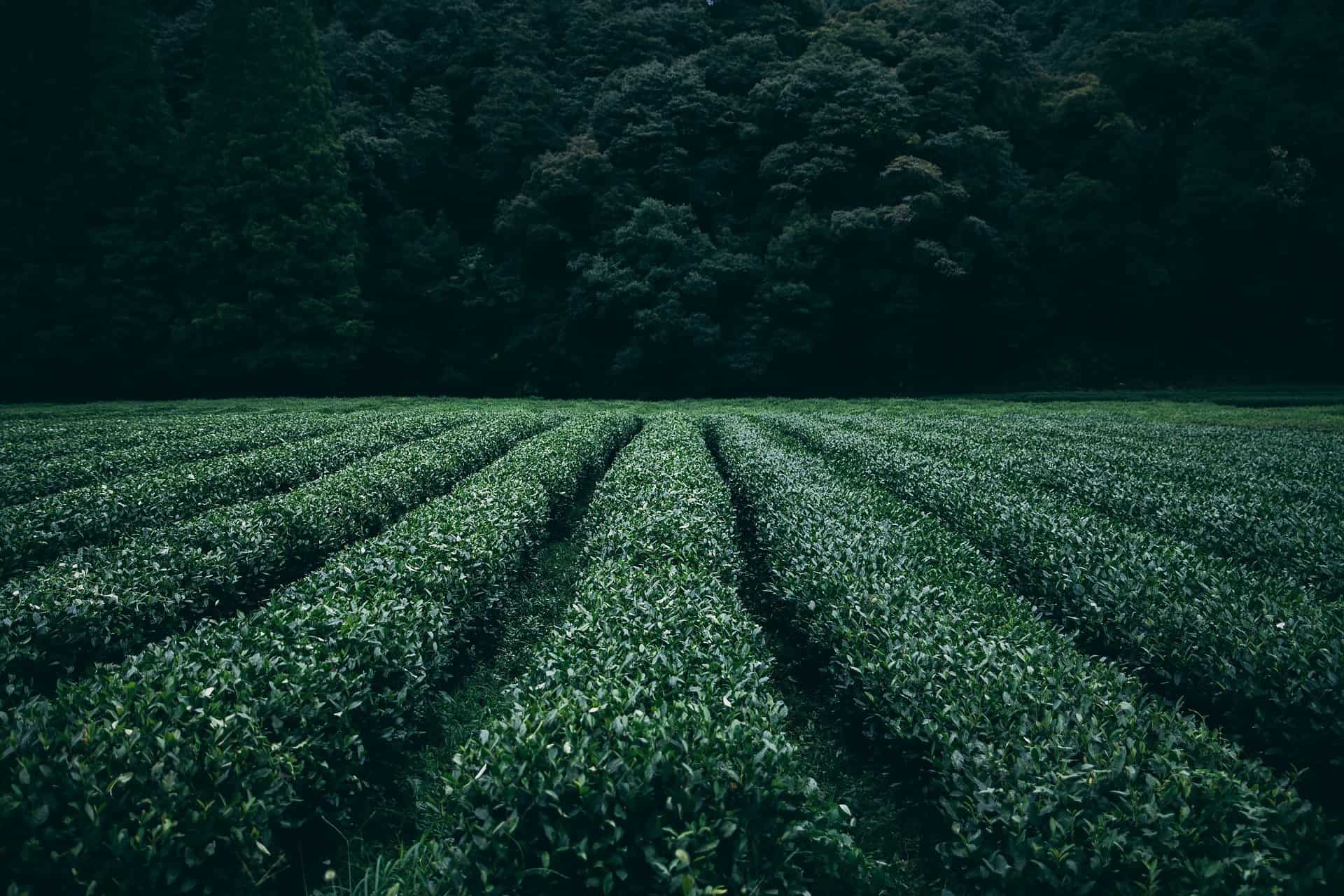
Which country produces the most tea?
Did you even think twice about who is the biggest exporter of tea? If you know tea, you will know that the answer is China, always China. China is and has been for some time the biggest exporter of tea.
Number one and number two: China and India produce over 60 percent of the world’s tea exports.
How much tea is exported each year? About 6 million tons. And finally who does not produce tea? Australia. But I bet one day we will see some production of tea from them. Tea is a profitable export, well worth the effort and I am very appreciative of all the work that has been done.
While China ranks number one. There are plenty of other countries that export tea, our list will start with the top 10. After that, we will take a look at the following 37 countries and end with our final 15. As you can see there is plenty of tea to go around and each country, each region has its own variety. Nature puts its mark on a tea and no two areas will produce the same tasting tea. Tea is amazing, magical.
When you need to be mentally alert and active but free of caffeine, Moringa Mint is the perfect brew for you. Moringa has been valued for its health benefits by generations of Sri Lankans and others in the Indian sub-continent. The leaves contain a host of vitamins and minerals that provide several health benefits, including controlling blood sugar and blood pressure.
China
- Produces – Over 2 million tonnes of tea
- Time Frame – Stories have it as Emperor Shennong drinking hot water when a tea leaf accidentally falls in. Tea was created in 2737 BCE. Why was the Emperor drinking hot water? Some suspect because he was purifying the water.
- Tea Types – Many: Green, Black, Oolong. More of a focus on green tea.
India
- Produces – 1.2 millions tons of tea
- Time Frame – Trades brought tea to India from British trade. A perfect climate helped India’s tea to bloom. Tea is a huge part of daily life. India has been producing tea since the early 1800s.
- Tea Types – Darjeeling and Assam
Kenya
- Produces – 430, 000 plus tons of tea
- Time Frame – The 1900s were not so long ago. That’s when the tea started to grow in Kenya. Location, location, location! This makes Kenyas close to the equator sunlight assist the tea plants to grow.
- Tea Types – The largest producer of
black tea . Tea from Kenya is machine processed. The process is called CTC (cut, tear, curl).
Sri Lanka
- Produces – 340, 000 plus tons of tea
- Time Frame – It was the 1880’s when tea production took off for Sri Lanka. Sri Lanka used to be called Ceylon (hence the tea name).
- Tea Types – Orthodox tea, these are teas that are processed in a traditional manner. Ceylon teas are the most produced teas.
Vietnam
- Produces – 214, 000 plus tons of tea
- Time Frame – Tea gardens were established in Vietnam around the 1890s. Vietnam has a rough history with tea. During the 1940s and 70’s production and growth were somewhat destroyed due to conflicts.
- Tea Types – Green tea, Lotus tea (sealing green tea overnight with a lotus flower) A specialty.
Turkey
- Produces – 212, 000 plus tons of tea
- Time Frame – Tea was first produced in Turkey around 1878. But, the production growth did not happen until Turkey became Republic. The first factory opened in 1947 in the city of Rize. Turkey uses no insecticides in its production.
- Tea Types – A
black tea , Turkish tea knowns as Rize tea.
Iran
- Produces – 160, 000 plus tons of tea
- Time Frame – Iran a large producer of the growth and harvest of tea in the 20th century. Iran is also a big tea consumer as well.
- Tea Types – Black, Orthodox, and some CTC tea
Indonesia
- Produces – 148, 000 plus tons of tea
- Time Frame – Since the 1870’s Indonesia has been producing a variety of teas. The seasons can cause the variety of teas to vary.
- Tea Types – Black and Green tea, both Orthodox and CTC
Argentina
- Produces – 105, 000 plus tons of tea
- Time Frame – Tea seeds were first introduced in the 1920s from Russia. Production and harvesting began in the 1950s.
- Tea Types – A special tea called Yerba Mate and drunk traditionally out of a gourd
Japan
- Produces – 84, 000 plus tons of tea
- Time Frame – Japan has a long history with tea. Dating back to the 8th century. It began as a drink of the religious class.
- Tea Types – Green and Sencha teas. Mostly harvested by machine.
Gokyuzyo translates literally to "The Highest Grade" in Japanese. One of the best green teas from a favorite in my cup.
The rest of the world’s tea production
A few years ago I went to the Chicago International Tea Festival. I attended one of the ceremonies that celebrated teas from around the world. As each representative spoke I was surprised at the tea-producing areas of the world. I learned a lot. I was surprised at the nations bringing new teas to the table. Introducing us to their nation, customs, and mostly their teas.
The list of tea production nations is expansive. I’ll list the rest of them here, along with their production rates.
In order of production:
Thailand – 75,000 tons
- Oolong Tea
Bangladesh – 64,000 tons
- Black, White, Green, and Flavored Teas
Malawi – 54,000 tons
- Black Tea
Uganda – 53,000 tons
- Black tea
Burundi – 41,800 teas
- Black, Green, Brown, Yellow, Oolong and Puer tea
Tanzania – 33,700 tons
- Black Tea
Myanmar – 31,700 teas
- Black tea / CTC
Mozambique – 23,000 tons
- Black tea / CTC
Rwanda – 22,185 tons
- Black Tea
Nepal – 20,588 tons
- Black Teas like Darjeeling
Zimbabwe – 19,000 tons
- Black Tea / CTC
Malaysia – 18,377 tons
- Black Tea
Taiwan – 15,000 tons
- Oolong Teas
Ethiopia – 7,400 tons
- Addis Tea (Shay) is an Ethiopian
Black Tea
Papua New Guinea – 4,700 tons
- Black Tea with bitter notes
Cameroon – 4,700 tons
- Black tea
Peru – 4,319 tons
- Black Tea / CTC
Georgia – 3,300 tons
- Black Tea
South Korea – 3,200 tons
- Green Tea
Ecuador – 3,000 tons
- Guayusa (gwhy-you-sa) is a rare, naturally caffeinated herbal infusion
Congo – 2,900 tons
- Black, Herbal, and Blended Tea
Mauritius – 1,536 tons
- Green Tea
Bolivia – 1,374 tons
- Coca Leaf Tea
Laos – 900 tons
- Laos Shengcha
South Africa – 900 tons
- Black tea
Zambia – 900 tons
- Black Tea
Brazil – 763 tons
- Yerba Mate
Madagascar – 600 tons
- Black Tea
Azerbaijan – 568 tons
- Green Tea
Guatemala – 510 tons
- Black Tea
Panama – 170 tons
- Green Tea and Hibiscus
Mali – 150 tons
- Green Tea
Portugal – 140 tons
- Green Tea
Colombia – 125 tons
- Specialty Tea
Montenegro – 100 tons
- Herbal and Mountain Tea
Russia – 90 tons
- Black and Green Tea
Seychelles – 42 tons
- White Tea
A Chinese yellow tea. This tea is loose leaf and grown organically.
To close off the list are some up and coming tea producing countries
- Australia
- France
- El Salvador
- Bhutan
- Canada
- Cambodia
- Chile
- Germany
- New Zeland
- Nigeria
- North Korea
- Pakistan
- United States
- United Kingdom
- Sikkim
Revisiting one of my first sentences. Tea has really stretched from sea to sea. Tea represented in almost every nation of the world. One tea plant, from centuries ago, shared and traveled to new destinations.
That tea plant that first represented China has traveled the world. One plant with different characters known to each producer soil, air, and climate.
What a wonder.
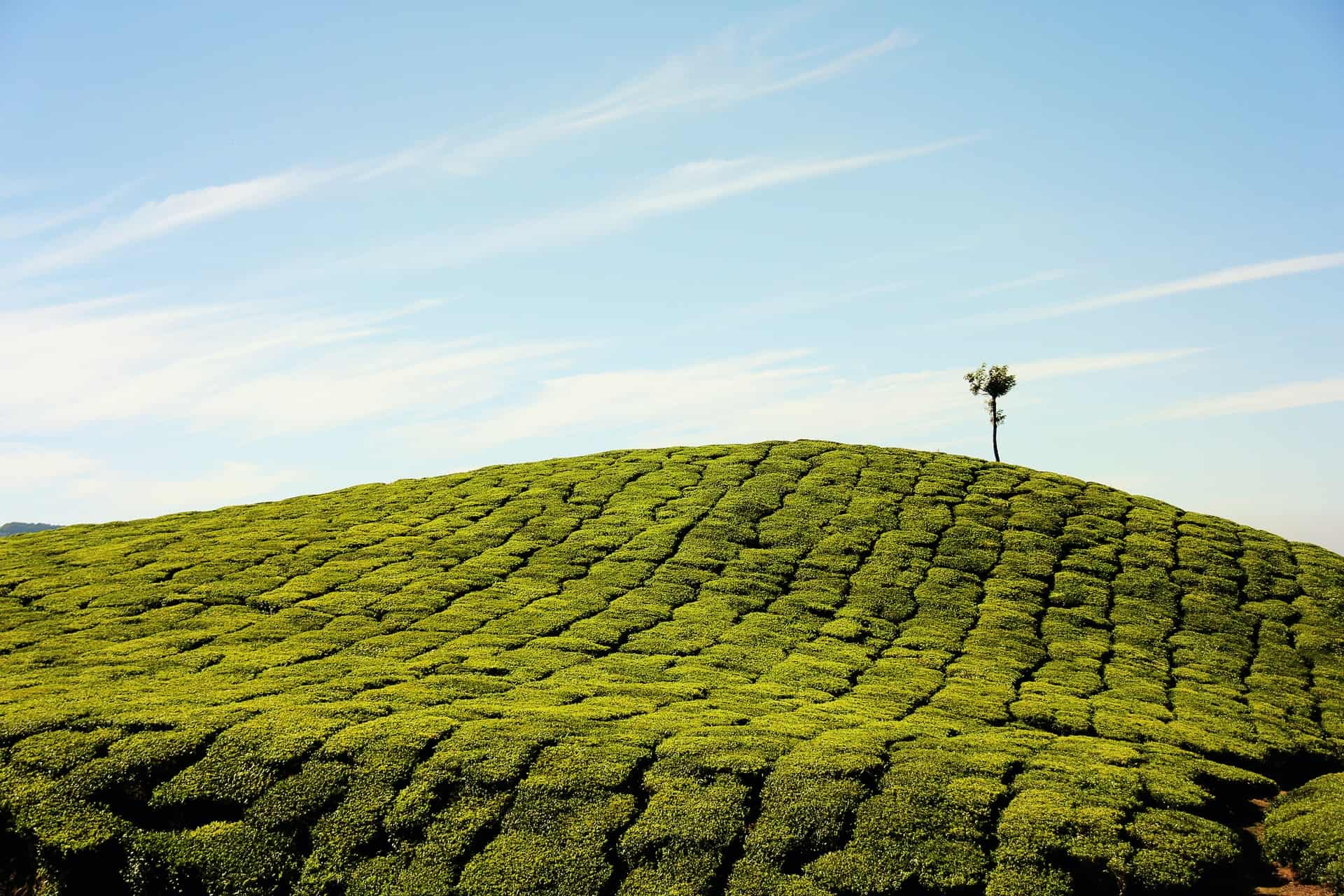
Conclusion
So there we have it. Our world of tea production and the regions that produce tea. I’m in love with tea. I think you know that by visiting this site. If you meet me in person you will know that tea is in my Yeti. I promise. While most countries produce
Life moves so fast, doesn’t it? I know you are busy, so I’ll leave a few of my top recommended teas below. If you want to know why or read the reviews feel free to check them out below. If you are looking for teas now, here are our top choices.


